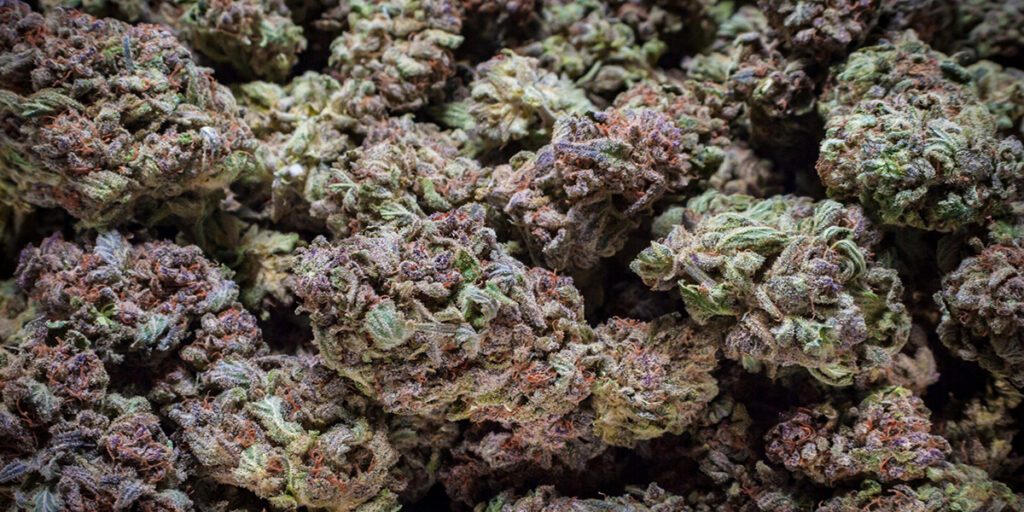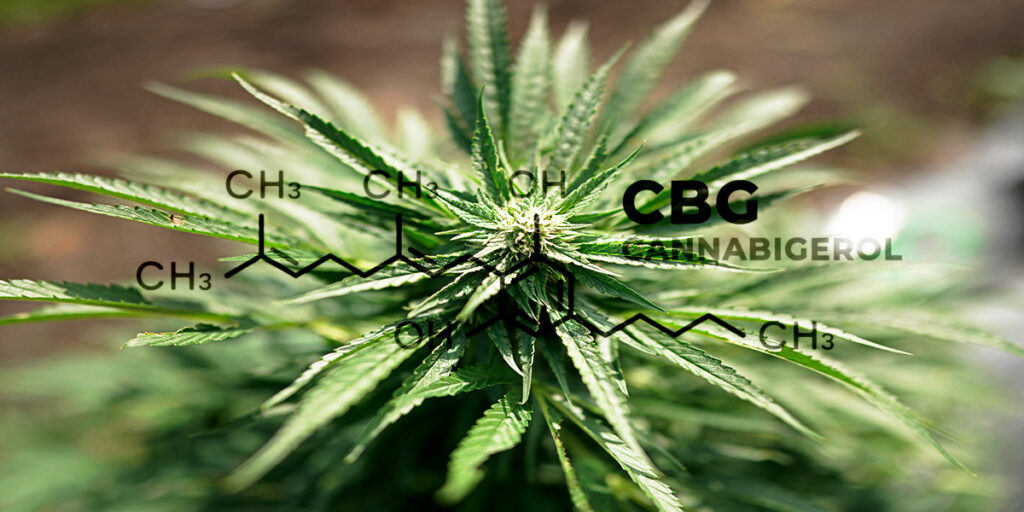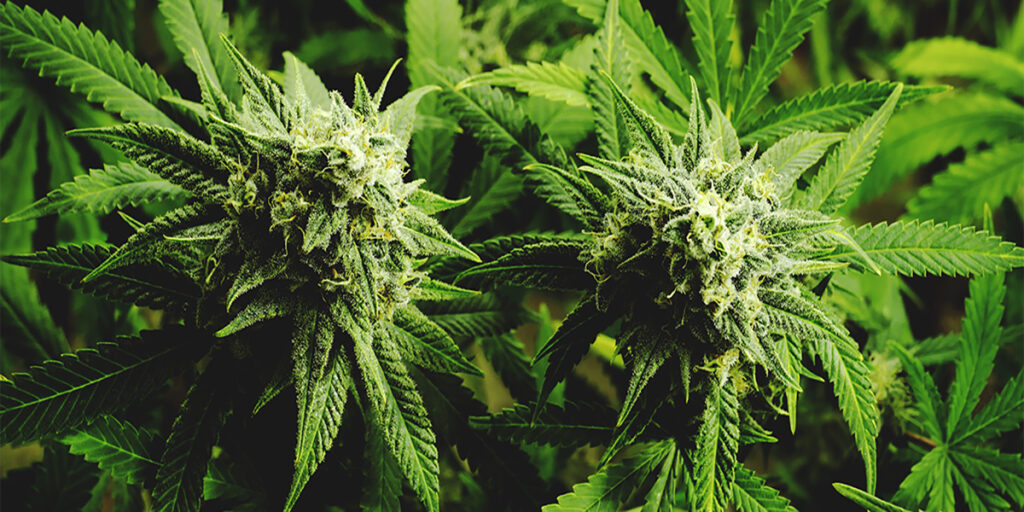Cannabigerol, commonly known as CBG, is garnering significant attention in the cannabis industry and medical research. Often referred to as the “mother of all cannabinoids,” CBG holds a pivotal position in the biosynthesis of various cannabinoids.

What is CBG?
Cannabigerol (CBG) is a non-psychoactive cannabinoid found in cannabis plants. Unlike its more famous counterparts, THC and CBD, CBG is typically present in lower concentrations. However, it is vital to the plant’s chemical profile because it serves as a precursor to other cannabinoids.

The Chemical Structure of CBG
CBG has a unique chemical structure characterized by its precursor nature. The molecular composition of CBG includes a phenol group, which differentiates it from other cannabinoids like THC and CBD. This structure enables it to undergo enzymatic changes that produce other cannabinoids.

The Role of CBG in the Cannabis Plant
CBG plays an essential role in the cannabis plant’s lifecycle. It is one of the first cannabinoids to develop in the plant, forming the basis for the synthesis of other cannabinoids. During the plant’s growth, enzymes convert CBGA (the acidic form of CBG) into THCA, CBDA, and CBCA.
CBG vs. CBD and THC
While CBG, CBD, and THC share some similarities, their differences are significant. THC is psychoactive and responsible for the “high” associated with cannabis, while CBD is non-psychoactive and known for its therapeutic benefits. CBG, on the other hand, is non-psychoactive and acts as the chemical parent to both CBD and THC, highlighting its unique position.
The Importance of CBG in Cannabinoid Production
CBG is crucial in cannabinoid production because it serves as a precursor. Enzymatic reactions within the cannabis plant transform CBG into other cannabinoids, making it the foundational compound in cannabinoid biosynthesis.
How CBG is Produced
Producing CBG involves sophisticated extraction methods. Typically, young cannabis plants are used because they contain higher levels of CBG. Techniques like supercritical CO2 extraction are employed to isolate CBG from the plant material.
CBG in Cannabis Varieties
Certain cannabis strains are specifically bred to have higher levels of CBG. These strains undergo selective breeding processes to enhance the concentration of CBG, making them valuable for both research and therapeutic purposes.
The Biological Pathway of CBG
The biological pathway of CBG begins with the formation of cannabigerolic acid (CBGA). CBGA is the acidic precursor that, through enzymatic processes, converts into THCA, CBDA, and CBCA, which are the precursors to THC, CBD, and CBC respectively.
CBGA: The Acidic Form of CBG
CBGA is the acidic form of CBG and plays a critical role in the synthesis of other cannabinoids. The transformation of CBGA is facilitated by enzymes, which act as catalysts in the conversion process.
Conversion of CBGA to Other Cannabinoids
The conversion of CBGA to other cannabinoids is a crucial biochemical process. CBGA is transformed into THCA, CBDA, and CBCA by specific enzymes within the cannabis plant. These compounds then undergo decarboxylation to form THC, CBD, and CBC.
The History of CBG Discovery
The discovery of CBG dates back to the 1960s when researchers first isolated and identified this cannabinoid. Since then, numerous studies have highlighted its importance in the cannabinoid biosynthesis pathway.
Medicinal Properties of CBG
CBG is known for its potential therapeutic properties. Research suggests it may have anti-inflammatory, neuroprotective, and antibacterial effects, making it a promising compound for medical use.
CBG’s Effects on the Endocannabinoid System
CBG interacts with the endocannabinoid system by binding to CB1 and CB2 receptors. This interaction influences various physiological processes, including pain perception, mood regulation, and immune response.
Comparative Efficacy of CBG
When comparing CBG with CBD and THC, it’s evident that CBG offers unique benefits. While CBD and THC are well-known for their effects, CBG’s non-psychoactive nature and its broad therapeutic potential make it a valuable compound.
Potential Health Benefits of CBG
The potential health benefits of CBG are vast. Studies indicate that CBG may help in treating conditions like glaucoma, inflammatory bowel disease, and certain types of cancer, showcasing its versatility as a therapeutic agent.
CBG and Mental Health
CBG may also play a role in mental health. Preliminary research suggests it could be effective in managing anxiety, depression, and other mental health disorders, providing an alternative to traditional treatments.
How to Use CBG
Using CBG can be done in various ways, including oils, tinctures, capsules, and topicals. Proper dosing guidelines should be followed to ensure safety and efficacy, especially for first-time users.
Side Effects of CBG
While CBG is generally well-tolerated, some users may experience side effects. These can include dry mouth, drowsiness, and changes in appetite. It’s important to monitor these effects and consult a healthcare provider if necessary.
FAQ
What makes CBG the “mother of all cannabinoids”?
CBG is referred to as the “mother of all cannabinoids” because it is the precursor from which other cannabinoids like THC, CBD, and CBC are synthesized.
How does CBG differ from CBD and THC?
CBG is non-psychoactive and serves as a precursor to other cannabinoids. Unlike THC, it doesn’t produce a high, and it has distinct therapeutic properties compared to CBD.
What are the potential health benefits of CBG?
CBG may offer various health benefits, including anti-inflammatory, neuroprotective, and antibacterial effects, making it a promising compound for medical use.
Is CBG legal?
The legality of CBG varies by region. In some areas, it is legal and accessible, while in others, it may be restricted. It’s important to check local regulations.
Are there any side effects of using CBG?
While generally well-tolerated, CBG can cause side effects such as dry mouth, drowsiness, and changes in appetite. Monitoring and consulting a healthcare provider is advised.


















